Discover imperial relics and experience urban life.
See the most adorable Panda.
Immerse yourself in minority cultures, and enjoy the breathtaking snow-capped mountain scenery.
Itinerary:
Day 1: Beijing Arrival | Airport Pick-up and Hotel Check-in
Nihao! Welcome to Beijing, the capital city of China! Upon your arrival at the airport in Beijing, the tour guide and driver will meet and greet you at the exit, and then escort you to the well-selected hotel in downtown Beijing. The rest of the day is free on your own so you can have a good rest for the jet lag or explore by yourself around your hotel.
Day 2: Beijing City Tour|Tian’anmen Square + Forbidden City +Old Hutongs
Every morning at sunrise, a flag-raising ceremony takes place at Tiananmen Square, a solemn national ritual that you can observe if you wake up early. Tian’anmen Square is the world’s largest public square and also the symbol of China. It has witnessed many big events in China over the past decades. Walk across the square and you will visit the might and splendor of the awe-inspiring Forbidden City.The grandeur of the Tiananmen Gate Tower makes it a masterpiece of traditional Chinese architecture.
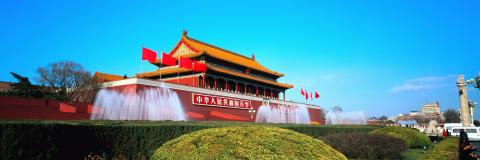
Forbidden City, the world’s largest palace complex and one-time home to 24 emperors of China. With over 8,728 rooms, the Forbidden City is not only China’s largest and best-preserved collection and largest wooden architectural complex in the world, but also a city within the city, like the Vatican in Rome.
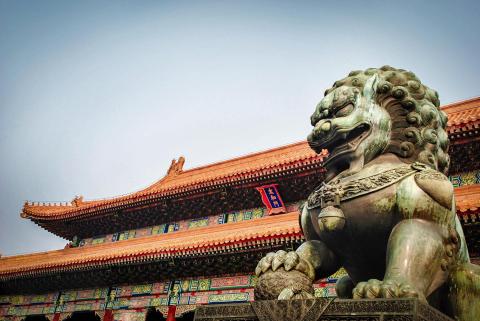
Enter through Meridian Gate and visit along the central axis to ensure you won’t miss any highlighted palaces. You can admire its brilliant architecture and numerous ancient art treasures while listening to your guide and learning more about the emperors’ stories hidden inside the Imperial Palace.
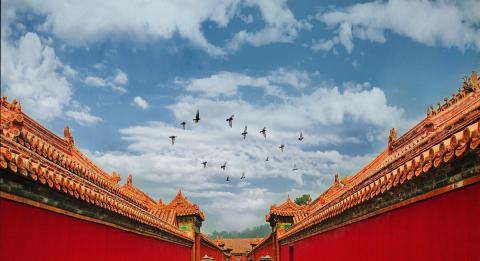
Explore the Beijing old Hutongs to experience the local life.Take a rickshaw tour to travel through the narrow alleys with many featured shops standing on both sides.
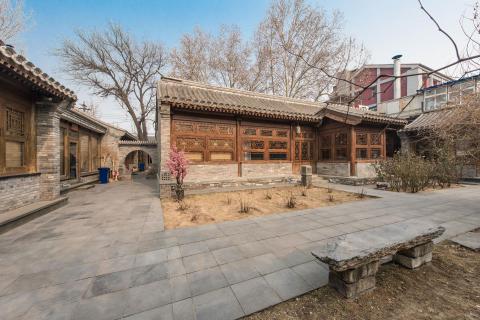
Day 3: Beijing City Tour|Summer Palace + Temple of Heaven + National Museum of China
The Summer Palace is the finest example of a classical Chinese garden and is listed as a UNESCO World Heritage Site. It is the most well-preserved royal garden in China, known as the "Museum of Royal Gardens." The grounds, temples, gardens, pavilions, lakes, bridges, gate-towers, and corridors are a marvel of landscaping. Enjoy the leisure walk and take your time to appreciate the imperial architectures, hilltop views, and beautiful lakes, which offer a pastoral escape into the landscapes of traditional Chinese painting.
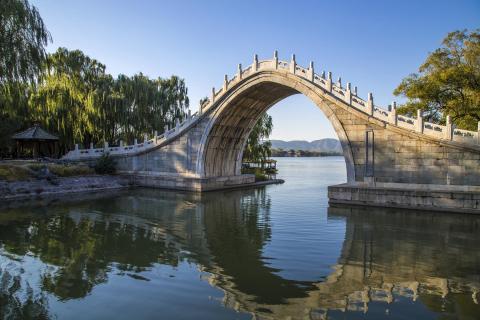
The Temple of Heaven was the exclusive altar for emperors of the Ming and Qing dynasties to offer sacrifices, pray for rain, and pray for a good harvest. The temple complex is divided into the Inner Altar and the Outer Altar, with major structures like the Hall of Prayer for Good Harvests and the Imperial Vault of Heaven. In addition to admiring the exquisite architecture of the halls, the clever designs of the Echo Wall and the Triple Sound Stone are a testament to the wisdom of the ancient people. Amid the red walls and green tiles, under the shade of ancient cypress trees, the site has a unique charm.
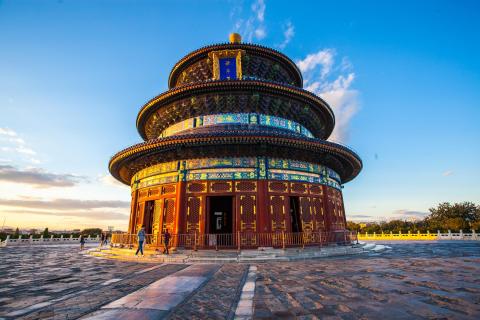
The National Museum of China is the largest museum in the world by building area. With a total area of nearly 200,000 square meters and a collection of over a million items, it is one of the most resource-rich museums in terms of Chinese cultural relics. The museum has five floors and 48 exhibition halls.
Day 4: Beijing Great Wall Tour | Mutianyu Great Wall / Chengdu
In this morning, you will head northwest of Beijing (about 1.5-2 hours’ drive, 73km) to the Great Wall at Mutianyu. The Mutianyu section of the Great Wall is approximately 5,400 meters long, making it the longest section of the Great Wall in China. The open section of the wall is about 2,250 meters long, with three enemy towers standing together—a rare sight.
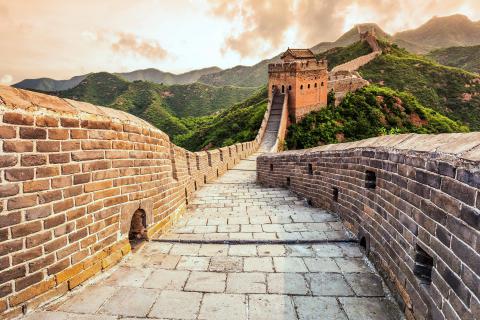
Take the cable car up to the 14th watchtower and then enjoy the memorable hiking time on the wall while visiting its western route. With the green pines and cypresses covering the surrounding area, and the winding wall standing majestically on the vast land, you will capture the most stunning natural scenery in this section. Challenge yourselves while climbing up to the 20th watchtower where you could fulfill your Great Wall dream. Cherish the chance and take photos as many as you like!
After lunch, take a flight to Chegndu (approximately 3 hours). Welcome to Chengdu.The capital of land-locked Sichuan Province in China’s southwest, Chengdu has a well-earned reputation for its relaxed lifestyle, slower pace, and of course, for its most famous residents, the world’s largest population of giant pandas.
Day 5:Chengdu Tour|Chengdu Research Base of Giant Panda Breeding + Sanxingdui Museum
The Chengdu Research Base of Giant Panda Breeding is a facility designed to simulate the natural environment of giant pandas, featuring lakes, streams, bamboo forests, and grassy areas. The base is home to over 100 giant pandas. Near the entrance, there is a Giant Panda Museum, where visitors can send postcards stamped with panda-themed postmarks at the Panda Post Office and watch documentaries about giant pandas. The Sun Nursery House and Moon Nursery House are where you can see the most adorable newborn and young panda cubs, which are incredibly cute.
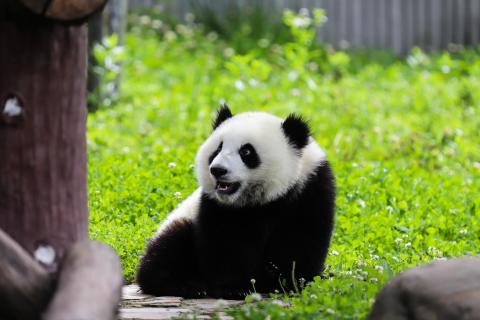
The Sanxingdui site is the largest and most culturally rich ancient Shu culture site discovered in the southwest region of China to date, with the longest historical span. The museum is divided into two main sections: the Comprehensive Hall and the Bronze Hall, where visitors can admire a vast collection of gold, pottery, ivory, and other artifacts, all featuring distinct Bashu cultural characteristics.
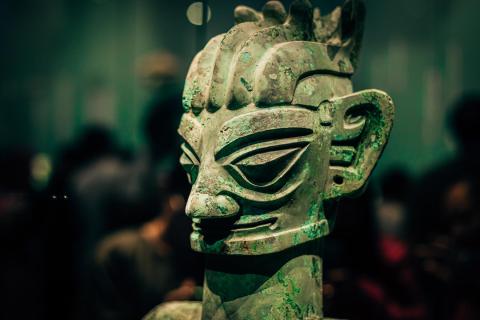
Day 6: Chengdu Tour|Dujiangyan + Kuanzhai Alley + Shufeng Yayun Teahouse
Dujiangyan is the oldest and only surviving irrigation system without a dam in the world. It is a monumental water conservancy project that still functions today, consisting of three main parts: the Fish Mouth Water-Dividing Dam, the Feisha Floodgate, and the Baopingkou Diversion Channel. The system has been instrumental in flood control and irrigation for centuries.
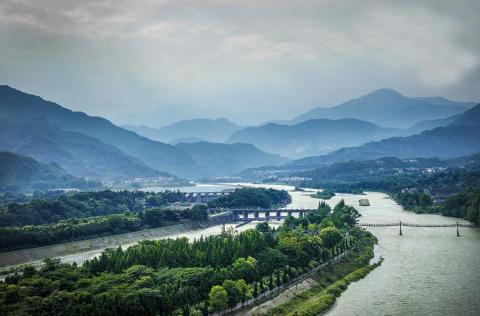
Kuanzhai Alley consists of three parallel alleys: Wide Alley (Kuan Xiangzi), Narrow Alley (Zhai Xiangzi), and Well Alley (Jing Xiangzi). This area is one of Chengdu's most well-preserved Qing Dynasty streets. Wide Alley is known for having the most intact old buildings, Narrow Alley features architecture from the late Qing and early Republican periods, including some early Western-style houses, and Well Alley is a typical representation of Chengdu's local customs. Visitors can stroll freely through the alleys, sample Chengdu's delicious cuisine, and experience the city's traditional culture.
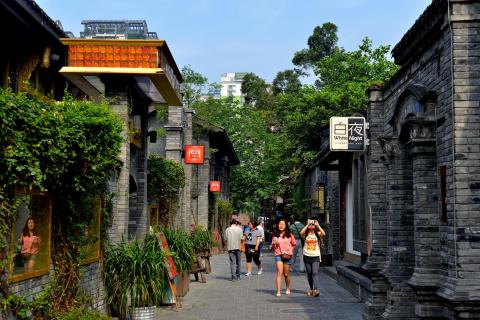
In the evening, head to Shufeng Yayun Teahouse to enjoy a Sichuan opera performance. The teahouse has an ancient architectural style with a laid-back, rustic atmosphere typical of old Sichuan. The performances include hand-shadow plays, puppet shows, Sichuan opera, clown acts, face-changing, fire-spitting, suona (Chinese horn) performances, and more. Guests can also enjoy complimentary tea served in traditional covered bowls and snacks like peanuts.
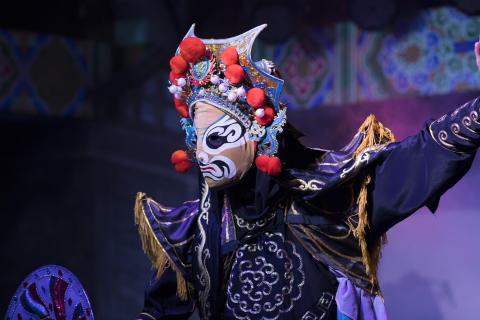
Day 7: Wuhou Shrine + Kunming
Wuhou Shrine is a memorial to Zhuge Liang, the Chancellor of the Shu Han state during the Three Kingdoms period, and is an essential site for understanding the history of the Three Kingdoms. It is the only temple in China dedicated to both a ruler and his ministers and is the most renowned memorial to Zhuge Liang, Liu Bei, and the heroes of the Shu Han state. The shrine is also the most significant Three Kingdoms relic museum in China, covering 150,000 square meters. It comprises three main sections: the Historical Relics Area (Wenwu District), the Western District (Three Kingdoms Cultural Experience Area), and the Jinli Folk Culture Area (Jinli). Wuhou Shrine is known as the "Holy Land of the Three Kingdoms." In April, when the cherry blossoms are in full bloom, the cherry trees along Wuhou Shrine Street create a stunningly beautiful scene.
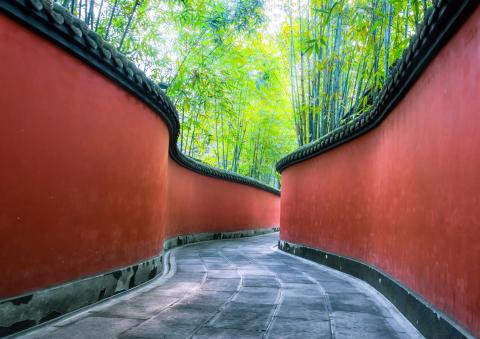
After visiting Wuhou Shrine, fly from Chengdu to Kunming. Kunming was called the 'eternal spring city' for its temperate nature. And you can explore the area around your hotel or visit Jinma Biji Archways, a famous historical and cultural landmark. Or perhaps visit Yuantong Temple, the grandest Buddhist temple in Yunnan province.
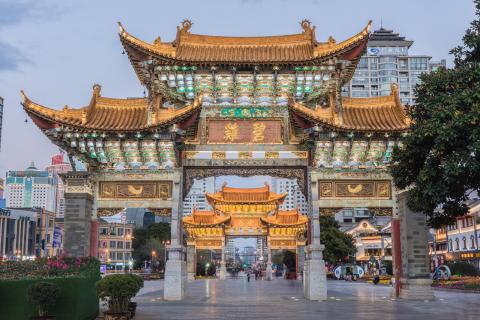
Day 8: Stone Forest Tour|Stone Forest + High-Speed Train to Dali
The Stone Forest World Geopark is a karst geological park featuring a diverse array of stone forest landscapes. The park's tall, sword-shaped, columnar, mushroom-shaped, and tower-shaped limestone pillars are typical of the Stone Forest. Additionally, the park includes caves, stalactites, eroded lakes, natural bridges, cliffs, waterfalls, and cone-shaped peaks, showcasing almost every karst landscape found on Earth, creating a comprehensive panoramic view of karst geology and geomorphology.
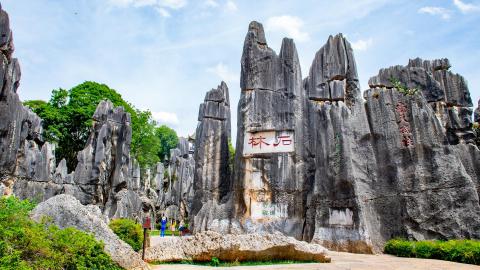
After visiting the Stone Forest, take a high-speed train to Dali from Shilin(approximately 3.5 hours).
For many years Dali has been a favourite destination for foreign travellers and backpackers, thanks to its laidback atmosphere and spectacular surroundings. There are snow-capped mountains on one side and the vast Erhai Lake on the other, making for an impressive sight.
Upon arrival and hotel check-in, enjoy free time exploring the Dali Ancient City area.
Dali Ancient City, located at the foot of the picturesque Cangshan Mountain, was the capital of the ancient Nanzhao Kingdom and Dali Kingdom. The city's streets are laid out in a typical grid pattern and form the core tourist area of Dali. Take a leisurely stroll through Dali Ancient City to slow down your pace and immerse yourself in local life.
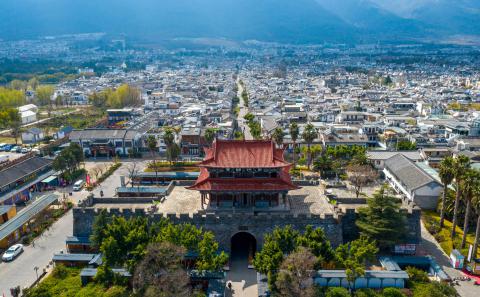
Day 9: Tour Around Erhai Lake | Xizhou Ancient Town + Zhoucheng Village
Xizhou Ancient Town,around 23 kilometres north of Dali , is a well-preserved Bai ethnic town that has not been overly developed, making it an ideal place for travelers to stroll or cycle around. The top five experiences in Xizhou Ancient Town include wandering around Sifang Street, viewing ancient Ming and Qing residences, enjoying the pastoral scenery, tasting the local Xizhou Baba pastry, and shopping for Bai ethnic tie-dye products. The town's landmark, Zhuanjiao Building, and the Yan Family Courtyard, a classic example of Bai architecture, are must-sees. The roads and fields outside Xizhou Ancient Town have also become popular spots for photography, especially the fields of rapeseed in spring, rice paddies in summer, and wheat fields in autumn.

Zhoucheng is the largest Bai village in Dali and is renowned for its meticulously crafted tie-dye and embroidery, earning it the title "hometown of tie-dye." In Zhoucheng, be sure to visit the local vegetable market, explore the ancient theater, city gates, and narrow alleyways, and visit Bai-style homes, markets, and workshops where traditional tie-dye techniques are practiced (a recognized national intangible cultural heritage). A hands-on experience with traditional tie-dye is a must, as Zhoucheng is the epicenter of Bai tie-dye artistry.
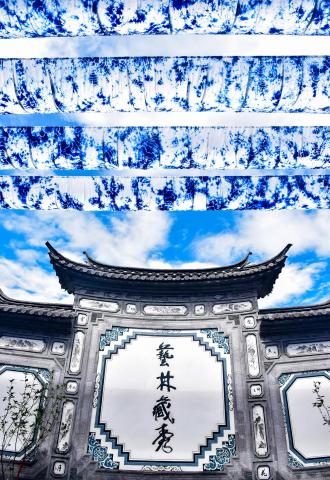
Day 10: Tour Around Erhai Lake, Travel to Lijiang
Enjoy a leisurely tour around Erhai Lake, where you can cycle along the lakeside and fully immerse yourself in the beauty of the lake.Erhai Lake is a highland lake formed by the collapse of the West Er River, named for its ear-shaped appearance. The lake is known for its clear, pristine waters and is often referred to as a "flawless jade between the mountains." It features three islands, four peninsulas, five lakes, and nine bends.

In the afternoon, take a high-speed train to Lijiang (approximately 2 hours ).This World Heritage-listed town is home to the Naxi people, a matrilineal society descended from Tibetan nomads.
Day 11:Lijiang Tour |Jade Dragon Snow Mountain + Lijiang Ancient Town
Jade Dragon Snow Mountain is considered a sacred mountain by the Naxi people. Its main peak rises to about 5,596 meters, and it is often shrouded in clouds. This majestic, unconquered mountain features diverse landscapes, including snowfields, glaciers, alpine meadows, and ancient forests. The mountain's meltwater forms a crystal-clear, refreshing blue lake in the shape of a crescent, known as Blue Moon Valley. On the Blue Moon Valley Plaza, you can watch the large-scale live performance "Impression Lijiang."

Lijiang Ancient Town is one of the most famous towns along the ancient Tea Horse Road, with a history of 800-900 years. The town is characterized by wooden buildings with green tiles, stone-paved streets, and flowing streams, with the Jade Dragon Snow Mountain visible from Dongda Street in the old town. Lijiang is one of the two ancient towns in China that successfully applied for World Cultural Heritage status and is also one of the most distinctive styles of traditional Chinese residential architecture.

Day 12: Fly from Lijiang to Shanghai, Evening at Nanjing Road + The Bund
Fly from Lijiang to Shanghai.Welcome to Shanghai!
In the evening, explore Nanjing Road, the busiest and most vibrant shopping street in Shanghai, often called "China's No. 1 Commercial Street." Nanjing Road is home to numerous high-end shopping centers, well-known brands, and specialty snacks, as well as famous historical buildings and cultural landmarks.
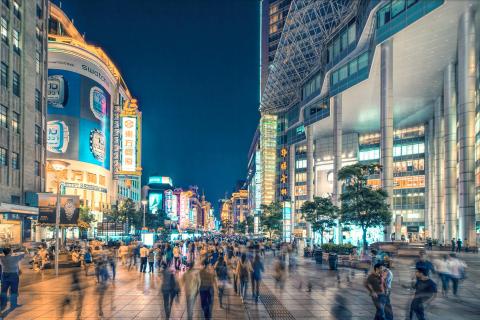
At the end of Nanjing Road lies the magnificent Bund. The Bund is a waterfront area in central Shanghai.The Bund features 52 classical revival buildings in various styles, earning it the nickname "A Gallery of World Architecture." The Shanghai Bund on which you can embrace the best cityscape, feast on the rich architectural fashions ( Gothic, Barogue, Rome, Renaissance, Classic and Mixed Eastern and Western style, etc.) and know why Shanghai is glorified as "Paris of the East". Across the river, you can admire the brilliantly lit Lujiazui area and the Oriental Pearl TV Tower, a truly spectacular sight.
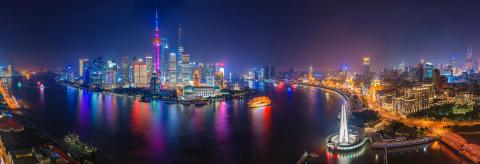
Day 13: Free Time and Departure
Enjoy some free time and arrange your departure according to your flight schedule.





